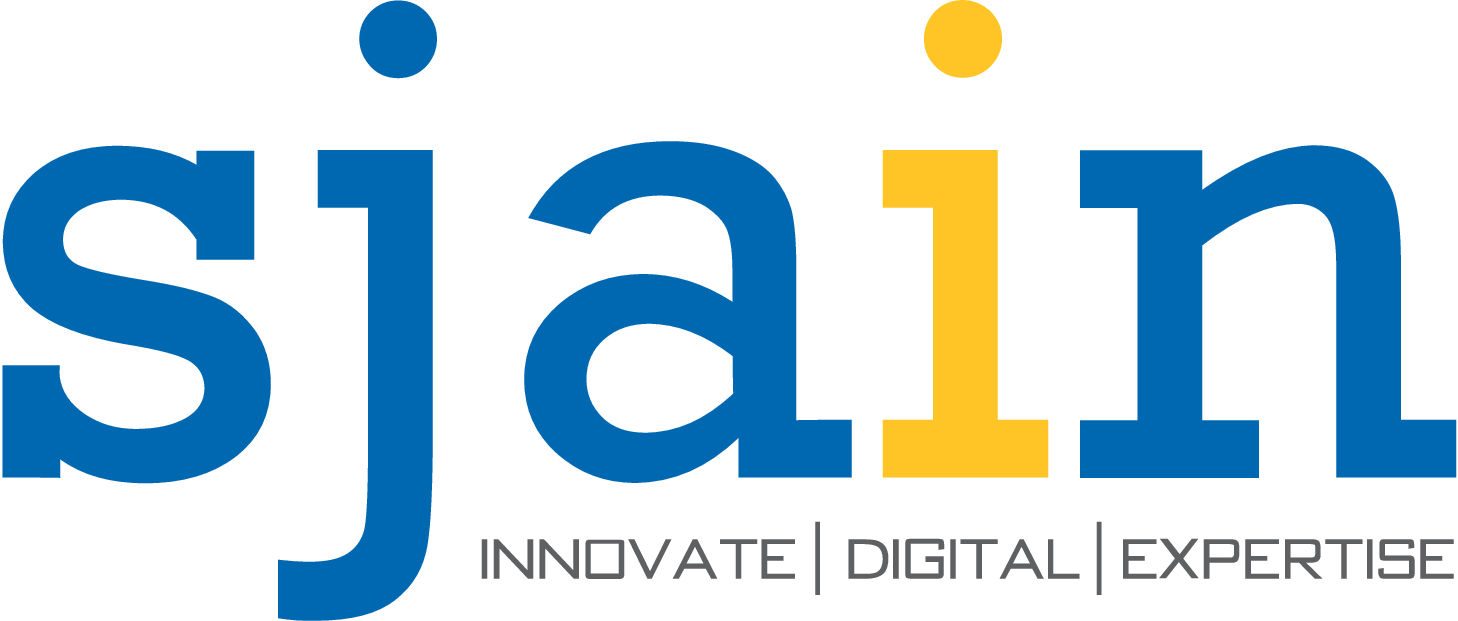How to Create and Manage a Content Calendar in Your Website
An effective content strategy is essential to the success of any website. However, haphazardly publishing content without a clear plan can lead to missed opportunities and disorganized efforts. A content calendar is vital for properly managing the website’s content and ensuring a regular flow of relevant material. In this post, we’ll go through how to create and manage a content schedule that corresponds with the website’s goals and attracts your target audience.
Have you ever found yourself struggling to keep up with your website’s content creation? Do you wish there was a way to stay organized, plan ahead, and ensure a steady stream of engaging articles? Look no further. In this article, we’ll delve into the art of creating and managing a content calendar for your website. By the end, you’ll be equipped with the knowledge and tools to take control of your content strategy and drive success.
Why Do You Need a Content Calendar?
Before we go into the specifics of designing a content schedule, let’s first explore why it’s so important for the success of your website. A content calendar serves as a roadmap for your content strategy, providing structure, consistency, and direction. It helps you plan your content in advance, ensuring you meet your publishing goals and maintain a steady flow of engaging articles. You can organize your thoughts, optimize your workflow, and generate content that connects with your audience if you use a content calendar.
Think of a content calendar as your secret weapon for combating procrastination and content fatigue. By having a clear plan and schedule, you’ll eliminate the stress of last-minute content creation and the uncertainty of what to publish next.
Setting Goals and Objectives
To embark on your content calendar journey, it’s essential to start with clear goals and objectives. What do you want to achieve with your website’s content? Define your purpose and envision the impact you want to have on your target audience. Setting realistic and measurable goals is key to keeping yourself motivated and tracking your progress. Whether it’s increasing website traffic, generating leads, or establishing thought leadership, be specific and define the metrics you’ll use to measure your success.
When you set ambitious yet achievable goals, you give yourself something to strive for, fueling your passion and determination. Embrace the excitement of what lies ahead and let your goals guide you on this content creation adventure.
Identifying Your Target Audience
Now that you have your goals in place, it’s time to identify your target audience. Understanding your audience is crucial for creating content that resonates with them. Conduct thorough research to gain insights into their demographics, preferences, and pain points. By knowing your audience inside out, you’ll be able to craft emotionally compelling content that speaks directly to their needs and desires.
Imagine the impact your content can have when it strikes an emotional chord with your readers. By empathizing with their struggles and aspirations, you can establish a deep connection that fosters trust and loyalty. So, dive deep into your audience’s world and let your content calendar reflect their desires and motivations.
Brainstorming Content Ideas
Creativity is the beating heart of content creation. However, even the most imaginative minds can hit a creative block from time to time. That’s why brainstorming content ideas is a crucial step in developing your content calendar. Set aside dedicated time to let your creative juices flow and come up with a plethora of ideas.
Remember, there are no bad ideas during the brainstorming process. Embrace the freedom to explore new concepts, experiment with different formats, and think outside the box. Your content calendar should reflect your brand’s personality and provide a diverse range of topics that engage and captivate your audience.
Creating a Content Calendar Template
With your content ideas in hand, it’s time to organize them into a content calendar template. The template acts as the foundation of your content calendar, providing structure and consistency. There are various formats you can choose from, such as a spreadsheet, a project management tool, or specialized content calendar software. Select the one that best suits your needs and aligns with your preferred workflow.
When creating your template, consider including essential elements such as the content topic, publish date, author, keyword focus, and status. These details will ensure you have a comprehensive overview of your content strategy, making it easier to manage and monitor your progress. Don’t worry if the technical aspects seem overwhelming at first. With a little practice, you’ll become a content calendar expert in no time.
Mapping Out Content Themes and Categories
While a content calendar provides structure, it’s important to inject variety into your publishing schedule. By organizing your content around themes and categories, you’ll keep your website fresh, engaging, and appealing to a broader audience. Consider the different aspects of your niche or industry and create themes that allow you to explore various subtopics.
For example, if you have a fashion blog, your content themes could revolve around seasonal trends, styling tips, and interviews with fashion influencers. By mapping out your content in this way, you’ll ensure a well-rounded content calendar that covers a wide range of interests within your niche. Let your creativity run wild as you explore different themes and categories, and watch your content calendar come to life.
Scheduling and Allocating Resources
Now that you have your content ideas, themes, and categories mapped out, it’s time to schedule and allocate resources. Look at your content calendar and determine the publishing frequency that aligns with your goals and capacity. Whether you choose to publish daily, weekly, or monthly, consistency is key.
As you assign resources to each content piece, consider the time required for research, writing, editing, and promotion. Be realistic about what you can accomplish within a given timeframe. If you’re a solopreneur, managing all aspects of content creation may be challenging. In that case, consider outsourcing certain tasks or collaborating with freelance writers and editors. Remember, it’s okay to ask for help when needed.
Collaborating and Communicating with the Team
If you’re working with a team, effective collaboration and communication are vital for the success of your content calendar. Establish clear channels of communication and set expectations for each team member’s roles and responsibilities. Check-in with the team on a regular basis to verify that everybody is on the exact same page and on board with the content plan.
Collaboration brings a variety of points of view to the table, enabling creativity and the creation of content that appeals to a larger audience. Embrace the power of teamwork and watch as your content calendar flourishes with fresh, exciting ideas.
Tracking and Analyzing Performance
A successful content calendar is not just about planning and creating content; it’s also about tracking and analyzing its performance. Monitor critical data, including traffic to the website, participation rates, rate of conversion, and social network shares. Analyze which content pieces perform best and identify patterns or trends that you can leverage in your future content strategy.
Tracking your content’s performance allows you to make data-driven decisions and continuously improve your content calendar. It’s a chance to learn, evolve, and change your strategy based on what your audience responds to. Embrace the insights your analytics provide and let them guide you towards content that captivates hearts and minds.
Adapting and Adjusting the Calendar
A content calendar is not set in stone. It’s a living document that should evolve as your website and audience grow. Don’t be afraid to make adjustments and adapt your content calendar based on new insights, industry trends, or unexpected challenges. Flexibility is key to staying relevant and ensuring your content remains impactful.
If you notice a particular content theme or category is not resonating with your audience, don’t hesitate to pivot and explore new territories. Embrace change and let it be a catalyst for innovation and growth. Remember, a successful content calendar is one that can adapt to the ever-changing landscape of the online world.
Conclusion
Congratulations! You’ve now embarked on the journey of creating and managing a content calendar for your website. By setting clear goals, understanding your audience, brainstorming creative ideas, and organizing them into a structured calendar, you’re well on your way to content success.
Through effective scheduling, collaboration, and tracking, you’ll create a content strategy that engages your audience, drives traffic, and achieves your website’s goals. So, unleash your creativity, stay organized, and watch your content calendar transform your website into a thriving hub of valuable information.

